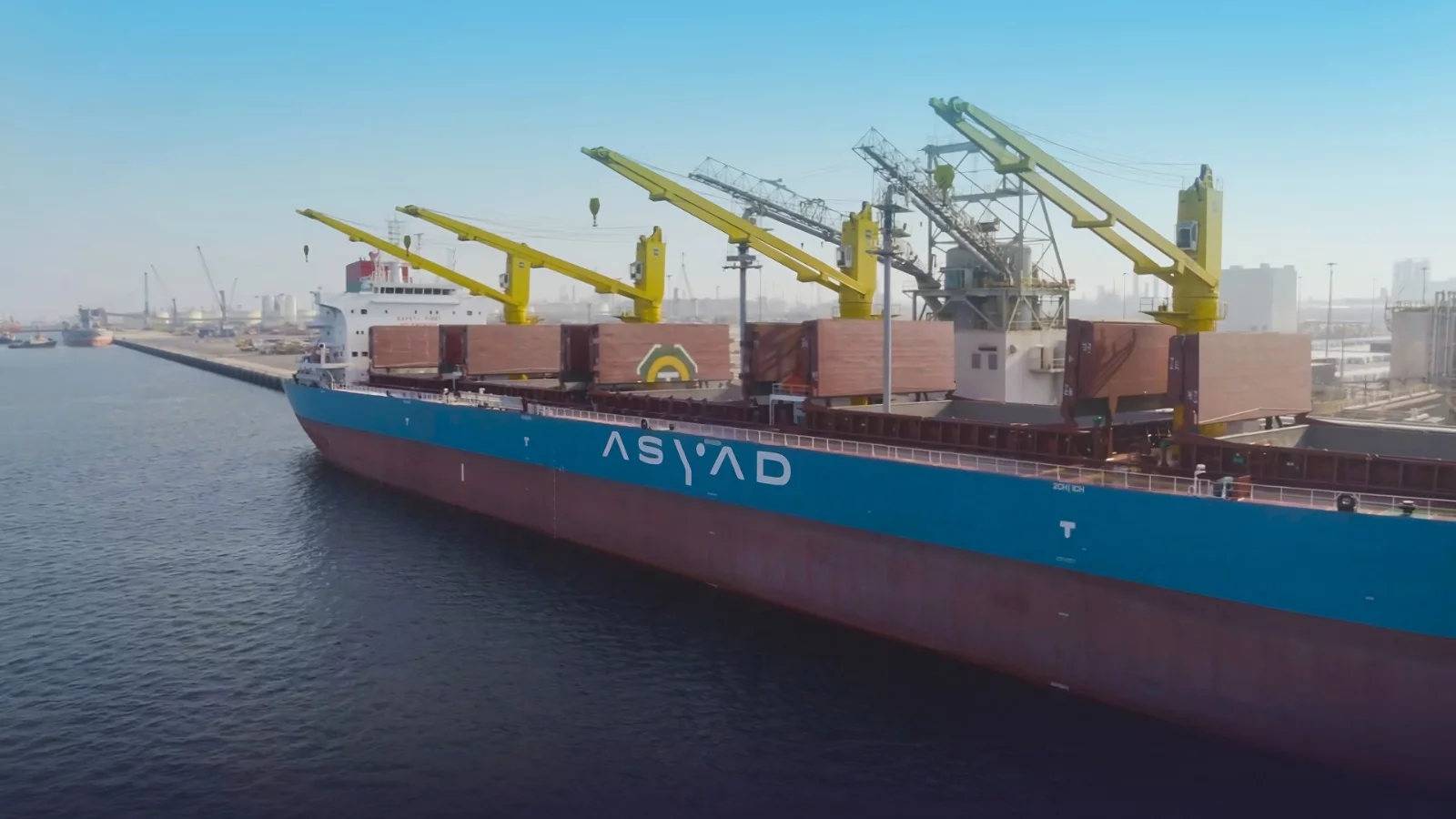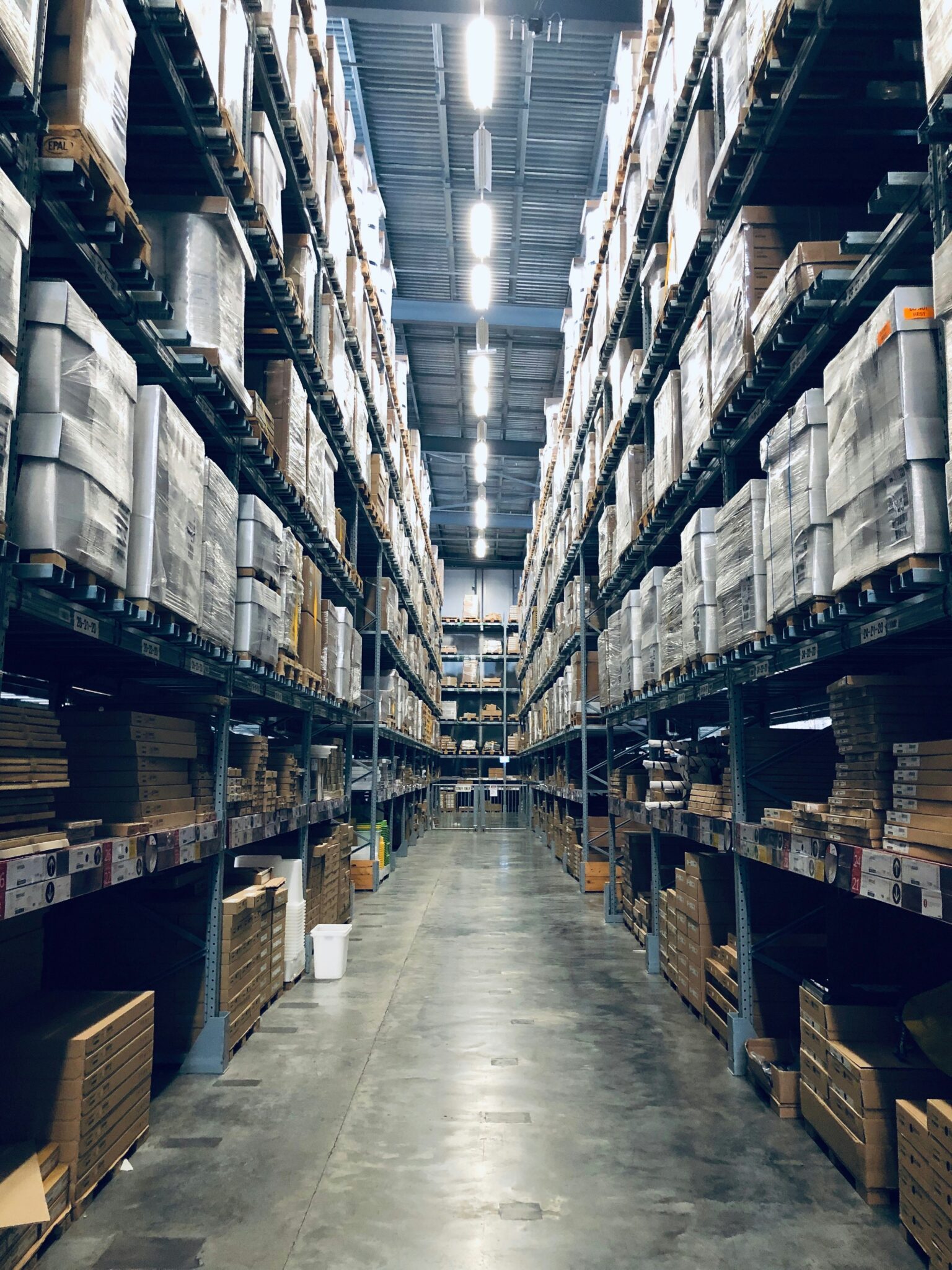From today France enters the spotlight with the Olympic Games. The preparations leading up to the games, as well as the event itself, are expected to significantly impact transport operations. Factors such as road closures, overall traffic, and increased security levels, all against the backdrop of rising transport demand associated with the event, will likely not just affect the Paris region but the entire country. Christian Dolderer, Lead Research Analyst at Transporeon, says now it’s a good time to assess what data and the derived KPIs show. Is there already an effect visible due to the event?
Spot prices are heavily influenced by the market forces of demand and capacity. While demand is expected to slightly increase, the market will likely face reduced capacity and increased inefficiencies due to the Olympic Games. This is expected to result in a continued increase in contracted load rejections (transports that are either timed out or rejected by carriers on the Transporeon platform) and a decrease in the number of offers per load on the spot market. The first metric indicates that more loads will be moved to the spot market, not only for the impacted weeks, but also for the preceding and following weeks. The second metric provides insight into market competition, reinforcing the basic theory that more offers lead to lower prices, and fewer offers lead to higher prices.
France domestic road transportation
In May 2024, during the public holiday season, France showed a strong market reaction with significant spot price increases. Offers and rejections followed the expected behaviour. This assessment is crucial to understand how the market is likely to react and to which level it will likely return to after these sportive weeks. Weeks 28 and 29 showed increasing prices while rejections and offers started to fall short.
Are we already seeing a clear and direct impact of the Olympic Games in these movements? I must answer with no.
Although initial signs, such as the described price increases and decreases of influencing factors, are visible and could be caused by the event, these changes could still be seen as usual spot market behaviour and fluctuations. What we can confirm is that, seven days before the Olympic Games, none of the prior described potential effects significantly affected the French domestic market. However, this does not necessarily mean that there will be no effect at all; it could still be too early to see a direct impact.
The expectation trend shows my expectation of price increases, including a high variance. So far, it’s hard to assess as spot rates could also easily take off in this tense market situation (Olympic Games and vacation season). Also at the borders to France, all is quiet so far. During the last hours and days, no unusual situation was monitored. Fears that the transport sector will face significant efficiency problems ahead of the event have not materialized yet.
read more











